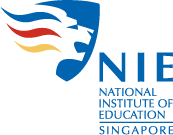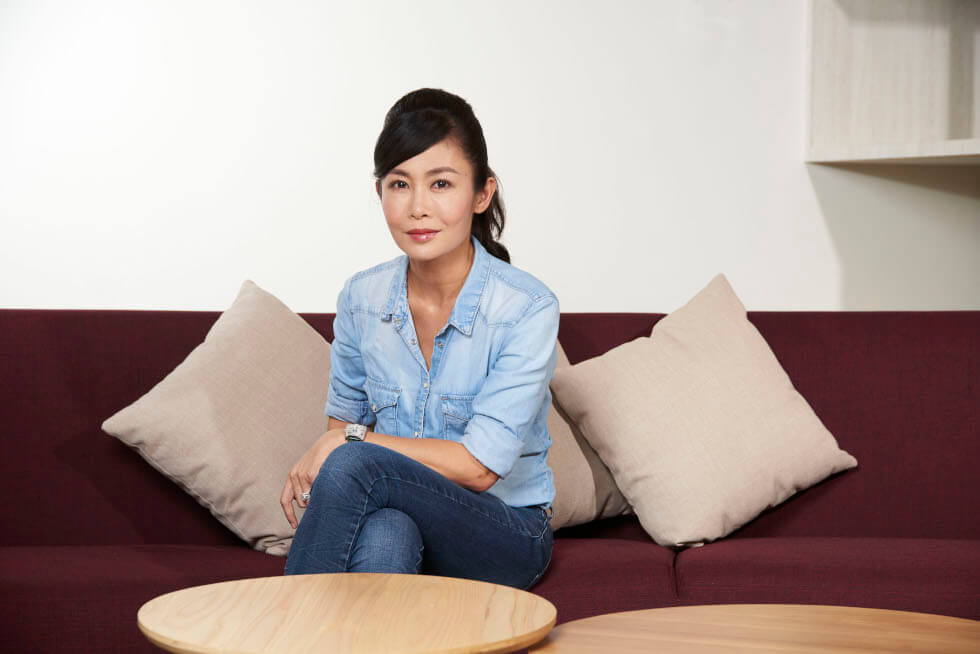How can we prepare for the future if we do not know what the future is? The inherent irony in this question may stir us to think deeper about what it means to be ‘future-ready’ as an institution. During her Director’s Address for 2018, Professor Goh aptly pointed out that being future-ready is a ‘state-of-mind’. Indeed, it is this critical mindset that has seen human achievements and evolvement throughout history. Such a mindset is even more pertinent in current times for teachers.
In this issue, Professor Pamela Grossman shares three essential qualities of future-ready teachers. They are: life-long learning, adaptability and openness. These dispositions, along with a future-ready mindset, could be found in the portrait feature on NIE student, Danial bin Mazlan. His passion for life-long learning and his interest in marine-biology research have prepared him to be a more effective teacher. | Read More |
As the education landscape evolves, a future-ready teacher must be adaptive and open-minded to seize opportunities for self improvement. The ability to imagine a future classroom that supports the roles of teachers as facilitators, as shown in the design by TSP first-year student, Yew Ning, exemplifies this. The incorporation of technology to assist student learning is another example of adaptability and openness. This can be seen in the project by Associate Professor Koh Koon Teck, Head of the Physical Education and Sports Science Academic Group, and Mr Louis Ho from Seng Kang Secondary School. Another exemplar would be the collaboration between our English Language colleagues and NIE’s Centre for Innovation in Learning to develop the Scenarios for Language Teaching in Contexts (SLATE) for student teachers of the English Language Curriculum Studies programme.
We should indeed celebrate the many good works by dedicated NIE staff and student teachers in this issue.
 Kehk Bee Lian
Kehk Bee Lian





